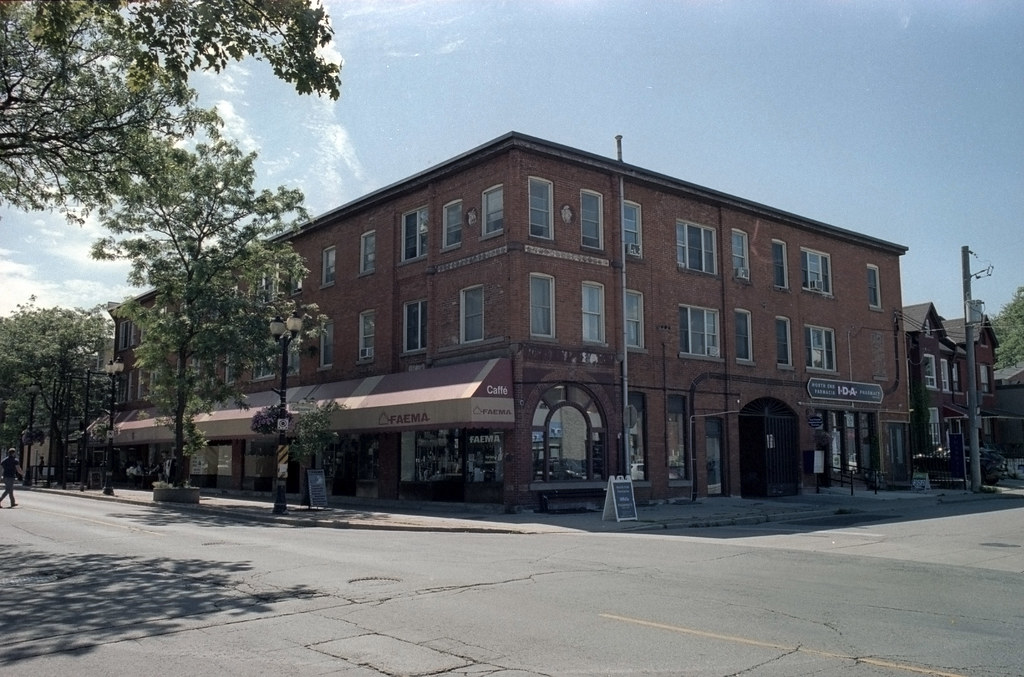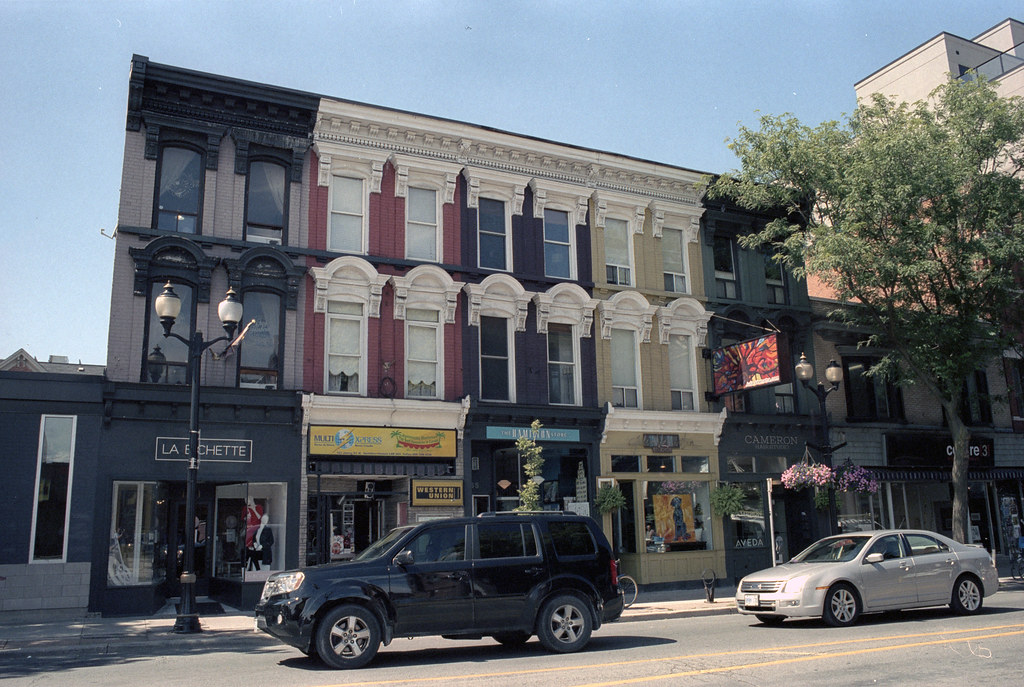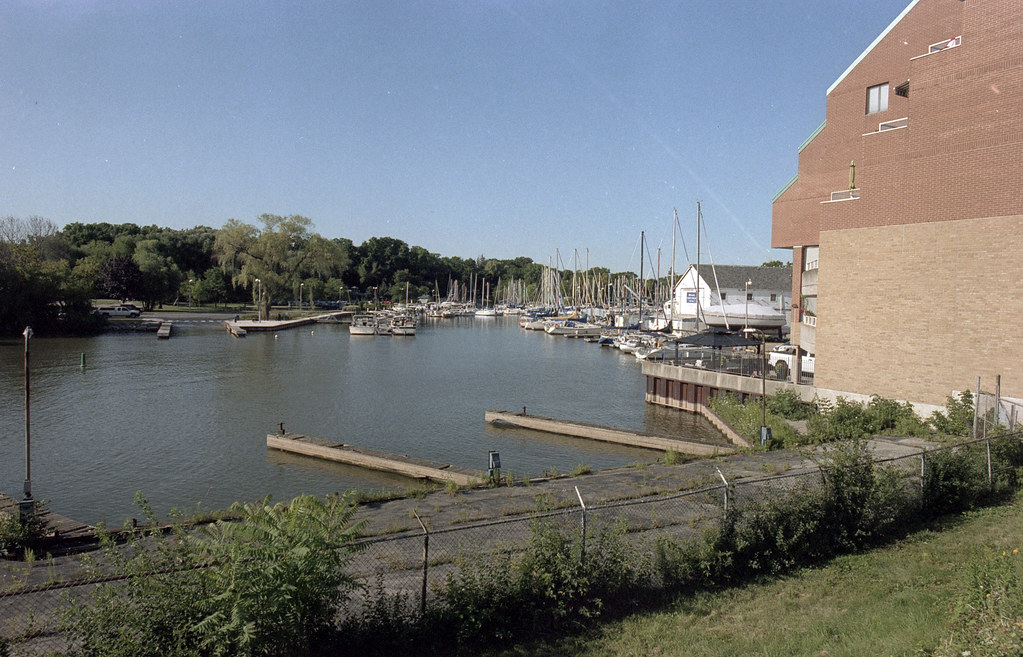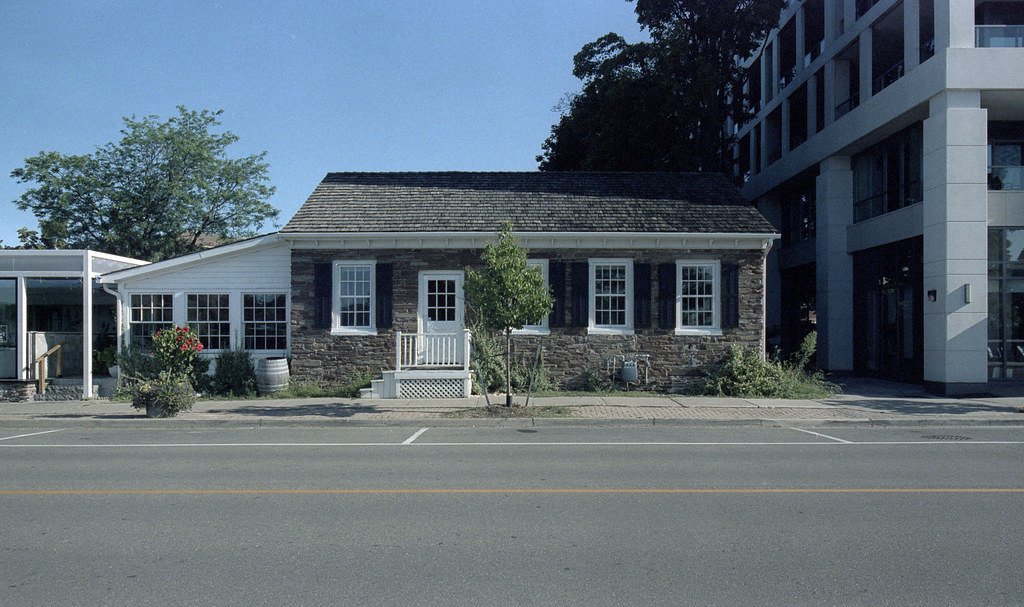The history of Svema film or the entire photographic history from the former Soviet Bloc is a topic for a blog post all on its own. In the case of Svema, they had been producing black & white film for many years before the Second World War. However, they did not have a colour film. When the war happened, and Russia rolled through Eastern Germany, they captured many camera and film manufacturers, including Agfa. From the Agfa plant, they got their hands on colour films and produced Svema Color 125. The film has a colour palette all of its own and something that you don’t see in films from North America or even Japan. It certainly gives you a different look to the world. While Svema collapsed when the Soviet Union died in the 1990s, another Eastern European film manufacture, Astrum, continues the legacy of Svema using some of the old machinery in a new factory in Shostka, Ukraine. This includes Color 125.

Film Specs
Type: Colour Negative Film (C-41 Process)
Film Base: Acetate
Film Speed: ASA-125
Formats Available: 135 (35mm)



Colour Rendition
The first thing you’ll notice with these is that the images are rather cool and I found the colours rather flat. While I am used to films like Portra 100 and Ektar 100, which are rather rich in their colours with strong contrast, there is certainly a difference here. As I mentioned in open paragraph Color, 125 is based on older Agfa colour film after the Russians rolled over Germany in World War Two. It seems they got the colour and left it where it was and just ran with it. But honestly, with a flat contrast profile, the colour itself is a little flat, muted almost. That’s not to say the colour rendition is bad; it’s just flat. Your blues are still blues; greens are green, reds are reds. Yes, there’s a bit of cyan cast, but I’ll get to that later. Overall it’s a rather classic colour scheme, but I can’t say I’ll be using the film regularly.



Image Quality
There’s nothing terrible about the image quality out of the film. It’s a little too low-contrast for my tastes which I did comment on in the previous paragraph. Images have a decent sharpness, not cut your eyes out on the images, but sharp all the same. There is a fair amount of grain, but nothing too distracting, but then again, having used a lot of Svema films, I expected the grain. You get bright whites and dark blacks, which does help. Now there is a bit of weirdness in the colours, in some cases, the images were warm and in other cases cool. I could not get a consistent result.



Scanning
When it comes to scanning, I found it a bit of a bear. I first attempted to get my Coolscan V ED to accept the negatives, but no matter how I put the strips in the scanner refused to lock on and lock it for scanning. The V700 proved easy to scan. The negatives scanned decently, adjusting the colour proved difficult as I mentioned earlier would either go cool (cyan cast) or warm (red cast). I couldn’t get a consistent cast, which drove me nuts. The scans produced little in the way of aberrations and colour noise, and what was produced was removed easily without any loss of details. I honestly think I could have gotten cleaner scans out of the Coolscan V, but you can’t have everything.



Overall Impression
I understand why people enjoy this film; it’s something different, something unique, and something we don’t get here in North America in a conventional sense. And there is nothing wrong with the film. It shoots a unique colour palette, and if you’re looking for that or wanting to shoot colour at a World War Two reenactment and get a closer colour palette of the day, Color 125 won’t let you down. But to be perfectly honest, I can’t get behind the film for everyday use. I look at the images, and they’re not pleasing in my head. But then again, I look at colour differently and contrast differently as my wife often clashes with when it comes to colour choices and placements when picking clothes. But hey, just because I don’t like it doesn’t mean I’ll down trod a film especially one from the Film Photography Project and there are a lot of people who love this film, so I do recommend checking out Flickr for more examples other than mine. If you are interested in trying the film out the best source is through the FPP as a pre-roll cartridge.